Economy
Federal government consistently spends beyond high spending targets
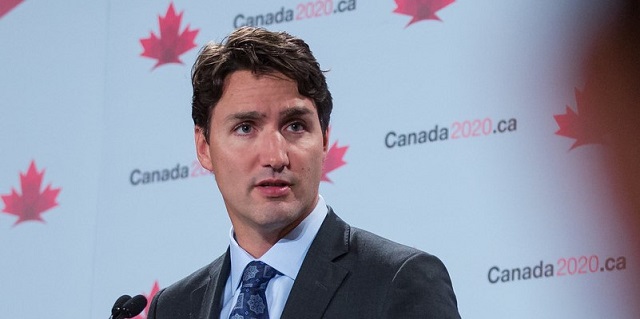
From the Fraser Institute
By Matthew Lau
Post-pandemic, the Liberals raised annual spending by nearly $100 billion versus their pre-pandemic fiscal plan.
As budget season approaches, one thing is clear. If the Trudeau government is notable for planning astonishingly high levels of spending, it’s equally notable for overspending beyond its original plans. At all times—when they first took office in 2015, in the pre-pandemic years, and now—the Liberals have consistently raised their spending targets, then spent more than targeted.
Begin at the beginning. Inheriting a projected balanced budget in 2015, the Liberals proceeded to spend federal finances into deficit in the 2015-16 fiscal year (ended March 31, 2016) before presenting the first budget of their own in the spring of 2016. That budget called for $1,219 billion in program spending over the next four years. What the government actually ended up spending was $1,269 billion for the 2016-17 to 2019-20 fiscal years, blowing past their initial plan by a cumulative $50 billion.
Even worse, they set government spending on a higher trajectory—while cumulative spending in the Liberals’ first four full fiscal years in office was 4.1 per cent more than initially planned, the spending level for fiscal year 2019-20 alone was actually 11.1 per cent above the original target. So not only did the Liberals overspend their Budget 2016 fiscal plan by $50 billion over four years, they significantly weakened the fiscal outlook by permanently raising baseline spending for future years.
That federal program spending exploded to $624 billion in 2020-21 from $349 billion in 2019-20 is not surprising given the onetime expenses during the pandemic, and the $479 billion in spending in 2021-22 also included pandemic-related costs. But while some COVID spending was justifiable, much of the new spending was not. According to an analysis by Fraser Institute economists, $360 billion in pandemic-related spending, at least 25 per cent was unnecessary waste.
What about after the pandemic? In post-pandemic fiscal year 2022-23, program spending was $448 billion and debt interest expenses $35 billion, for a total of $483 billion. Compare that to what the Liberals initially planned in Budget 2018, the earliest fiscal plan to project out to 2022-23. Budget 2018, itself no model of fiscal responsibility, planned $350 billion in program spending and $33 billion in debt interest costs for a total of $383 billion (excluding a $3 billion “adjustment for risk”) in 2022-23.
So post-pandemic, the Liberals raised annual spending by nearly $100 billion versus their pre-pandemic fiscal plan. Comparing expected spending for 2023-24 with the plan in Budget 2019 shows a similar discrepancy. The 2023 Fall Economic Statement projects $450 billion in program spending and $496 billion in total spending versus $369 billion in program spending and $402 billion in total spending for 2023-24 in the Liberals’ 2019 fiscal plan (which itself contained material upward spending revisions from Budget 2018).
Speaking of the Fall Economic Statement, it also revised the spending trajectory upward from what the Liberals budgeted in the spring. In Budget 2023, the Liberals projected $2,395 billion in program spending over the next five fiscal years—or $2,630 billion including interest expenses. Because of new spending commitments and higher borrowing costs, five-year program spending is now expected to be $2,422 billion ($28 billion higher) and total spending $2,688 billion ($58 billion higher).
That’s a significant spending plan increase in only half a year. However, given the Trudeau government’s track record of missing its targets, don’t be surprised if actual spending comes in even higher than the latest forecast.
Author:
Economy
Canadians experiencing second-longest and third steepest decline in living standards in last 40 years

From the Fraser Institute
From 2019 to 2023, Canadian living standards declined—and as of the end of 2023, the decline had not yet ended, finds a new study published today by the Fraser Institute, an independent, non-partisan Canadian public policy think-tank.
“Despite claims to the contrary, living standards are declining in Canada,” said Grady Munro, policy analyst at the Fraser Institute and co-author of Changes in Per-Person GDP (Income): 1985 to 2023.
Specifically, from April 2019 to the end of 2023, inflation-adjusted per-person GDP, a broad measure of living standards, declined from $59,905 to $58,111 or by 3.0 per cent. This decline is exceeded only by the decline in 1989 to 1992 (-5.3 per cent) and 2008 to 2009 (-5.2 per cent). In other words, it’s the third-steepest decline in 40 years.
Moreover, the latest decline (which comprises 18 fiscal quarters) is already the second-longest in the last 40 years, surpassed only by the decline from 1989 to 1994 (which lasted 21 quarters). And if not stabilized in 2024, this decline could be the steepest and longest in four decades.
“The severity of the decline in living standards should be a wake-up call for policymakers across Canada to immediately enact fundamental policy reforms to help spur economic growth and productivity,” said Jason Clemens, study co-author and executive vice-president at the Fraser Institute.
- Real GDP per person is a broad measure of incomes (and consequently living standards). This paper analyzes changes in quarterly per-person GDP, adjusted for inflation from 1985 through to the end of 2023, the most recent data available at the time of writing.
- The study assesses the length (number of quarters) as well the percentage decline and the length of time required to recover the income lost during the decline.
- Over the period covered (1985 to 2023), Canada experienced nine periods of decline and recovery in real GDP per person.
- Of those nine periods, three (Q2 1989 to Q3 1994, Q3 2008 to Q4 2011, and Q2 2019 to Q2 2022) were most severe when comparing the length and depth of the declines along with number of quarters required for real GDP per person to recover.
- The experience following Q2 2019 is unlike any decline and recovery since 1985 because, though per person GDP recovered for one quarter in Q2 2022, it immediately began declining again and by Q4 2023 remains below the level in Q2 2019.
- This lack of meaningful recovery suggests that since mid-2019, Canada has experienced one of the longest and deepest declines in real GDP per person since 1985, exceeded only by the decline and recovery from Q2 1989 to Q3 1994.
- If per-capita GDP does not recover in 2024, this period may be the longest and largest decline in per-person GDP over the last four decades.
 Read the Full Report
Read the Full Report
Authors:
Economy
Feds spend $3 million to fly 182 politicians and bureaucrats to climate conference
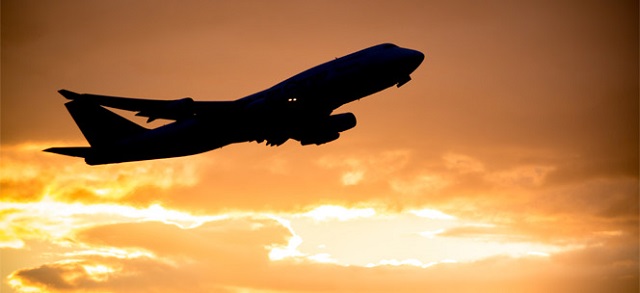
From the Canadian Taxpayers Federation
Author: Ryan Thorpe
Feds trip to COP28 in Dubai cost $3 million
The cost for Canada to send hundreds of people to COP28 in Dubai has doubled, rising to nearly $3 million, according to government records obtained by the Canadian Taxpayers Federation.
Included in those costs is $1.3 million the federal government dished out to host a “Canada Pavilion” at the summit, which featured a rapper performing a song on “climate disinformation,” while giving a shoutout to Environment Minister Steven Guilbeault.
“Nothing screams fighting climate change like flying around the world burning through jet fuel and millions of tax dollars,” said Franco Terrazzano, CTF Federal Director. “Here’s a crazy idea: maybe the feds don’t need to spend $3 million flying 182 politicians and bureaucrats to Dubai.”
The federal government paid for at least 182 people to go to COP28, held from Nov. 30 to Dec. 12, 2023, in Dubai, United Arab Emirates.
A previous report from the National Post pegged the cost for Canada’s delegation at $1.4 million.
But the bill now sits at $2,954,188, including $825,466 for transportation, $472,570 for accommodations and $295,455 for meals and incidentals, according to the records.
The records indicate the cost could rise even higher, as certain invoices and travel claims “have yet to be processed.”
Costs included $1.3 million for a “Canada Pavilion” to “showcase the breadth of Canadian climate leadership.”
At the Canada Pavilion, a Canadian rapper known as Baba Brinkman – the son of Liberal MP Joyce Murray – performed a rap on “climate disinformation.”
“Climate disinformation, get that immunization, the vaccine for bad meme infiltration,” Brinkman rapped. “Climate misinformation, it leads to polarization, which leads to radical conspiracy ideation.”
Environment Minister Steven Guilbeault also received a shoutout during Brinkman’s rap.
“Really? Hosting a rapper half-way around the world to drop rhymes at a government podium will help the environment?” Terrazzano said.
The records were released in response to an order paper question from Conservative MP Dan Mazier (Dauphin-Swan River-Neepawa).
Most of the hotel expenses came from the Dubai Marriott and the Premier Inn at the Dubai Investment Park, with rooms coming in between $150 and $400 per night.
The most expensive digs was a $816-per-night suite at the Pullman Dubai Jumeriah Lakes Towers, a “five-star hotel offering upscale accommodations.”
The Canadian delegation also handed out $650 worth of gifts during the trip.
-

 Brownstone Institute9 hours ago
Brownstone Institute9 hours agoMedical Elites’ Disgrace Over Ivermectin
-
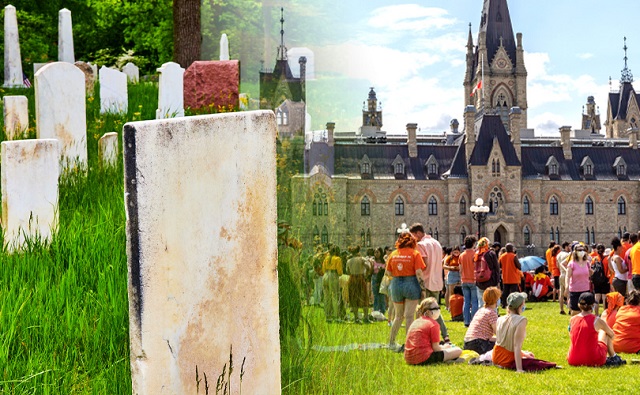
 National7 hours ago
National7 hours agoDespite claims of 215 ‘unmarked graves,’ no bodies have been found at Canadian residential school
-

 Brownstone Institute2 hours ago
Brownstone Institute2 hours agoThe WHO’s Proposed Pandemic Agreements Worsen Public Health
-

 COVID-193 hours ago
COVID-193 hours agoThe New York Times Admits Injuries from COVID-19 Shots
-
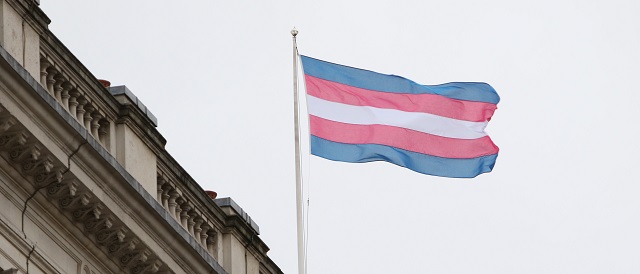
 Health15 mins ago
Health15 mins agoTHE WPATH TAPES: Behind-The-Scenes Recordings Reveal What Top Gender Doctors Really Think About Sex Change Procedures
-
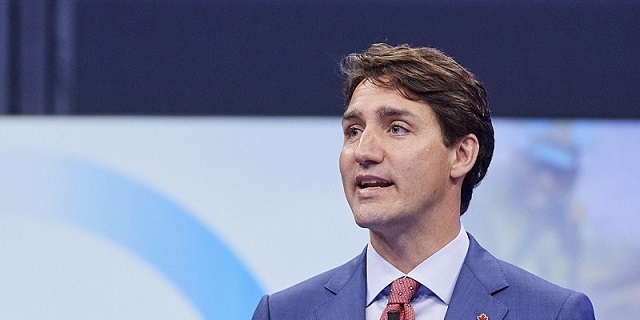
 Automotive14 hours ago
Automotive14 hours agoElectric vehicle mandates mean misery all around
-
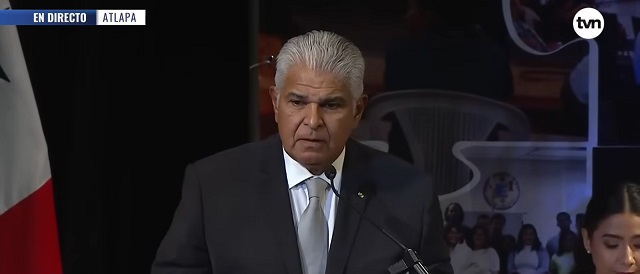
 illegal immigration1 hour ago
illegal immigration1 hour agoPanama’s Incoming President Wants To Shut Down His Country’s Most Treacherous Route For Migrants — But Will It Work?
-
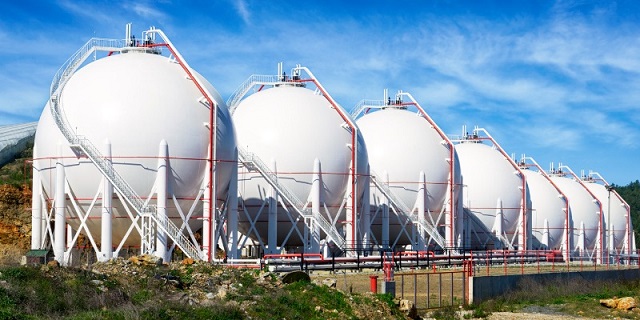
 Energy6 hours ago
Energy6 hours agoFederal government continues to reject golden opportunities to export LNG






